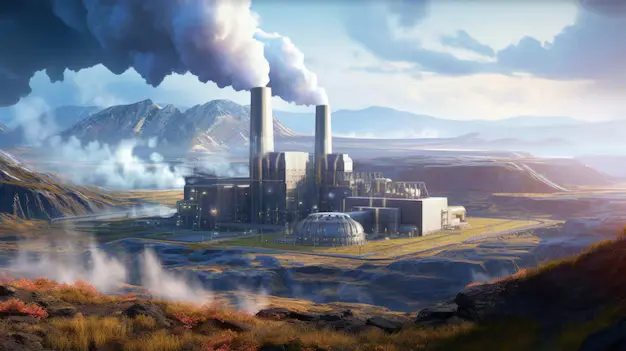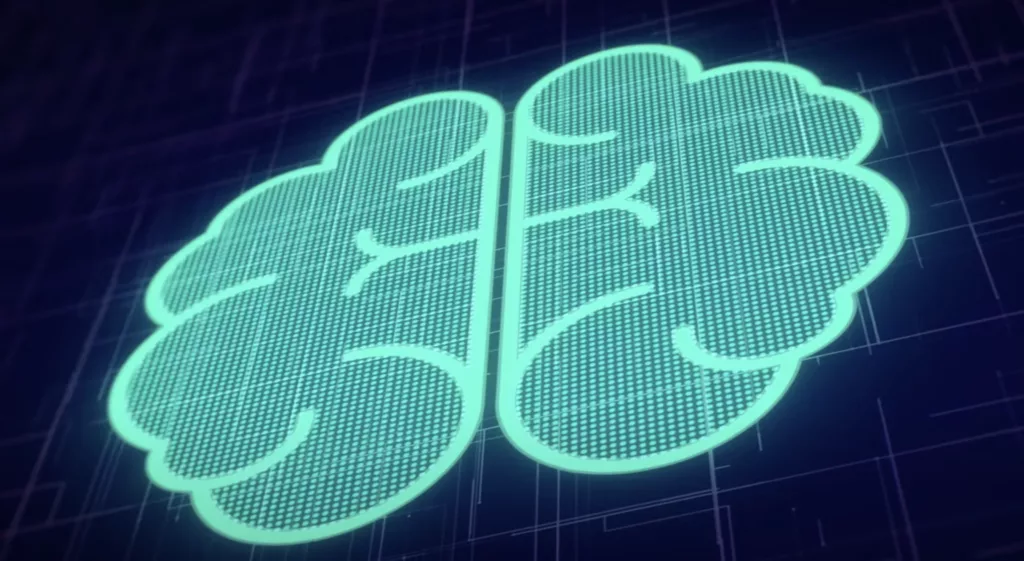Artificial intelligence (AI) demand is growing exponentially in this new digital age which has lead to increased energy consumption too. Major tech companies such as Meta, Google and OpenAI are competing against each other in developing advanced AI models like ChatGPT and Google’s Gemini among others yet they are realizing that the cost of these technology boom has been seen through heavy electricity used by data centers. By 2030, it is projected that AI driven power consumption may be up to about nine percent of total US electricity consumption approximately doubling from current levels.
These energy intensive futures have also raised environmental concerns that have prompted these technology companies into seeking renewable sources of power such as solar energy among others. One of the most promising sources has been geothermal power which often does not get noticed yet uses natural heat from within the earth. Recent developments in technology based on fracking methods could facilitate geothermal beyond volcanic regions bringing thoughts of a cleaner sustainable tomorrow.
AI Power Crisis: A Threat to Sustainability
The generative AI models are very potent mechanisms that necessitate a lot of computational resources. Data centers, the hub of this revolution work by either processing millions of data queries or running complex machine learning algorithms. However, these data centers produce a lot of heat and need continuous cooling which results in huge energy consumption.
Wind and solar power are important parts of renewable energy landscape but they still cannot completely satisfy increasing demand from AI companies. Especially now when tech firms are under pressure as most have already made daring promises with respect to their climate targets. For instance, Meta and Google are working towards establishing carbon neutrality or net-zero emissions. But it will take more than just increasing renewable technologies to achieve such an aspiration.
Geothermal Power: The Unsung Hero?
The heat from beneath us is really increasing! In Iceland for instance, we have geysers, hot springs as well as volcanoes among other places where geothermal power is found but these are not the only spots that will determine its future. Companies such as Texas based Sage Geosystems are developing technology aimed at tapping into underground heat sources, that is, irrespective of whether they are located in volcanic areas.
Sage’s strategy entails boring deep into the hot and solid rocks while employing methods used during hydraulic fracturing (fracking). They inject water in order to create super heated water that creates a reservoir within the rock itself useful for generating electric energy. This new generation form of geothermal energy holds great potential because unlike solar or wind it can provide unwavering carbon free energy 24 hours a day.
Recently Meta announced a partnership with Sage Geosystems targeting production of geothermal power plants which could generate up to150 Megawatts by year-end. This level of energy could theoretically supply around 70 thousand homes implying Meta would be cleaner allowing it support its increasingly growing AI systems
Why Geothermal? It’s All About Reliability
Reliability is one of the most important advantages of geothermal energy. Geothermal energy does not undergo daily or seasonal fluctuations like solar and wind. It can provide “baseload” power which means it can serve as a consistent energy source irrespective of sunlight availability or wind strength. For this reason, it is very vital for data centres; they need to operate continuously.
Currently, Cindy Taff, CEO at Sage Geosystems stated that with geologists, her company is searching for an ideal location for their geothermal plant somewhere east of the Rockies. The plant will need about 100 acres of land and a staff of about 40 – 50 personnel. With power drawn from the local grid supplied by the plant Meta’s data centers would be able to use this electricity towards offsetting its own carbon footprints.
Can Geothermal Scale Fast Enough?
Geothermal energy has much potential but still a growing industry. Big hurdles face Sage Geosystems and other geothermal start-ups particularly scaling and cost reduction challenges. To compete against fossil fuels, the industry needs to reduce costs such that it is not only a cleaner option but also economically viable.
Currently, geothermal power constitutes less than 0.5 percent of total electricity produced in the United States. A roadmap from the U.S Department of Energy implies that by the year 2050, geothermal resource capacities can increase by up to twenty times. The National Renewable Energy Laboratory presumes it could provide as much as 12 percent of electricity used in America by that time.
Several companies are moving ahead with this. For instance, Fervo another geothermal start-up is constructing a power plant in Utah that will generate 400 megawatts which targets California power firms within one year. Fervo’s pilot project co-developed with Google offers insights on how geothermal power might become more relevant for tech giants’ energy needs going forward.
Nonetheless scaling geothermally at a fast enough speed to cater for AI electricity demand is no easy task At stake will be significant monetary investments and commitments coming from technology companies governments and venture investors alike than behind before developing nations such as South Africa for example
The Future of Geothermal: A Balanced Approach
Though geothermal energy seems to hover over tech industry’s energy problems, it is unlikely to be the ultimate remedy. In the meantime, as Sage Geosystems and other novel firms move towards bringing this renewable source into full production, the tech sector will still tap from various energy sources such as wind power, solari lamp nd-fossil fuela at least for now.
In addition, there are environmental issues related with new geothermal techniques. For instance, seismic activity has been associated with hydraulic fracturing of underground rocks which leads to earthquake incidents. A South Korean geothermal plant was implicated in causing massive destruction when a magnitude 5.5 earthquake struck it in 2017. Although experts believe that risks can be mitigated according evidence provided by individuals like Jamie Beard of Project InnerSpace, this serves as a reminders that geothermal has its shortcomings just like any other form of energy.
Notwithstanding these hurdles, geothermal energy still stands out as one of the major components in the renewable energy mix. If adequately fast-tracked into mass production within short period of time, it may supply reliable and carbon-free power to tech firms fueling artificial intelligence revolution.
For More Updates: Artificial Intelligence



